
13 Jun 2006

Trash Talking
A showcase of Paper Rad's individual and group creations in the form of Trash Talking, a show for kids with bizarre characters trying to find their place in the world.
Individual elements from a carrier of visual information have been isolated and used to construct alternative visual reagents. Repetition is administered as a binder to tame the wild particles in motion, achieving a golden ratio in the mind's eye.

13 Jun 2006

A showcase of Paper Rad's individual and group creations in the form of Trash Talking, a show for kids with bizarre characters trying to find their place in the world.
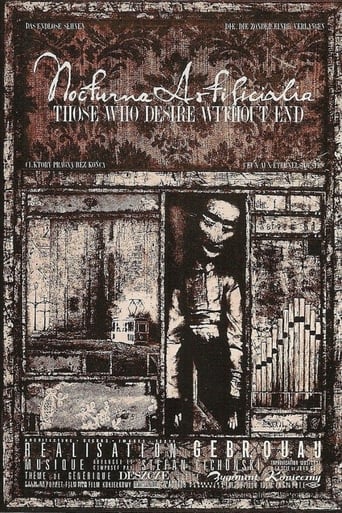
01 Jan 1979

Enigmatic, stop-motion, animated story of a man's day.

20 Jun 1984

In Prague, a professorial puppet, with metal pincers for hands and an open book for a hat, takes a boy as a pupil. First, the professor empties fluff and toys from the child's head, leaving him without the top of his head for most of the film. The professor then teaches the lad about illusions and perspectives, the pursuit of an object through exploring a bank of drawers, divining an object, and the migration of forms. The child then brings out a box with a tarantula in it: the professor puts his "hands" into the box and describes what he feels. The boy receives a final lesson about animation and film making; then the professor gives him a brain and his own open-book hat.
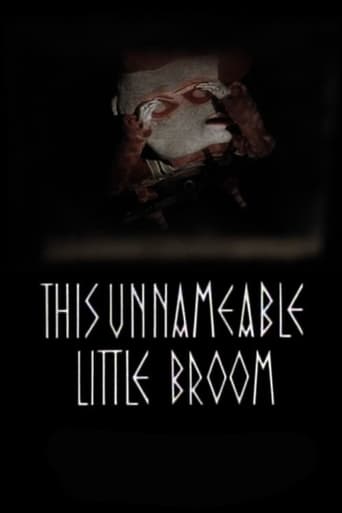
01 Jan 1985

Stop-motion animated short film in which a puppet on a trike captures a puppet bird-man.

01 Jul 1986

A puppet, newly released from his strings, explores the sinister room in which he finds himself.

01 Jan 1988

Stop-motion animated short film in which, among other things, a man made of wire looks malevolent.

11 Oct 1991

A porcelain doll’s explorations of a dreamer’s imagination.
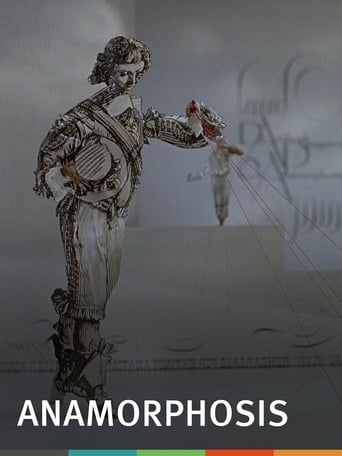
09 Apr 1993

The Quays' interest in esoteric illusions finds its perfect realization in this fascinating animated lecture on the art of anamorphosis. This artistic technique, often used in the 16th- and 17th centuries, utilizes a method of visual distortion with which paintings, when viewed from different angles, mischievously revealed hidden symbols.

21 Oct 2000

A woman sits alone on a chair at a table in a room on one of the top floors of an asylum. Bright spot lights dot the night, sometimes shining on her window. She sharpens pencils and writes on a page in a copy book. The pencil point often breaks under her fingers' force. She places broken points outside the window on the sill. A satanic figure is somewhere nearby, animated but of straw or clay, not flesh. She finishes her writing, tears the paper from the pad, folds it, places it in an envelope, and slips it through a slot. Is she writing to her husband? "Sweetheart, come."
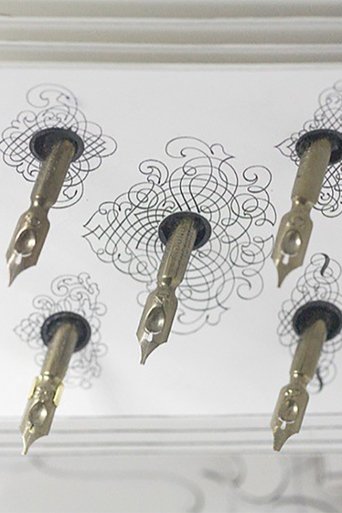
01 Jan 1991

With harpsichord music in the background, a dandy, seated at a table, plucks a quill pen from a ceiling full of them above him, dips it in ink, thinks, then draws a straight line down the page in front of him, out of which sprout six more quill pens, each held by a hand. The calligrapher moves all the hands and pens in unison, drawing an elaborate feathered wing, which comes to live, peeling off the page, and, now a quill pen, slips in to his hand. He tucks it behind his left ear.
10 Sep 1991
“When he shot Une seconde (4 min., 20 sec.), a video animation without computer graphics, Richard Angers tried to adapt Norman McLaren’s animation techniques to video shooting and editing. A long-term solitary task, in which images are moved by hand, centimetre by centimetre, in which one plays with the number of images per second, and in which the ± pure quest for effects is more important than the message”. BLANCHARD, Louise. “Les vidéastes sont au ‘rendez-vous’”, Le Journal de Montréal, Montreal (9 February 1992), p. 38.
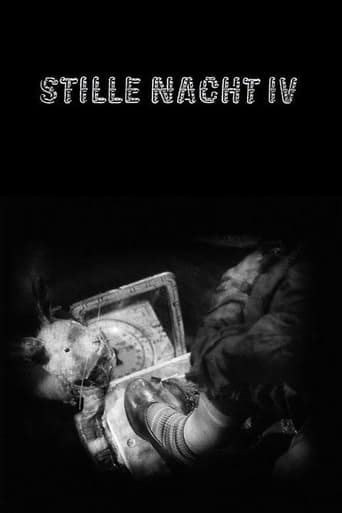
31 Dec 1993

Short animated film featuring the song "Can't Go Wrong Without You" by His Name Is Alive.
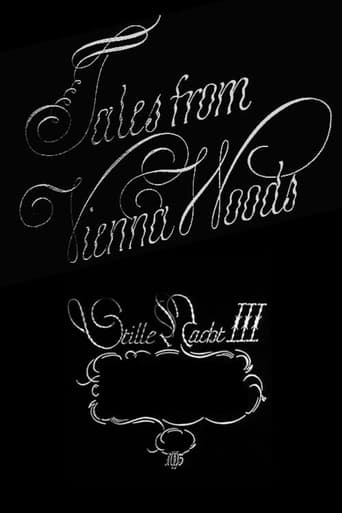
01 Jun 1993

Near an extraordinary chair with many legs, a hand is visible gripping an edge. The hand is weathered, the fingers cracked and scarred. The end of a rifle appears and a shot fires. The bullet is visible whirling through space; it caroms and then goes through a pine cone. A long spoon emerges from a drawer in the chair and stretches toward the hand. The bullet is on the spoon. Later, the hand holds the bullet between two fingers; another shot is fired.
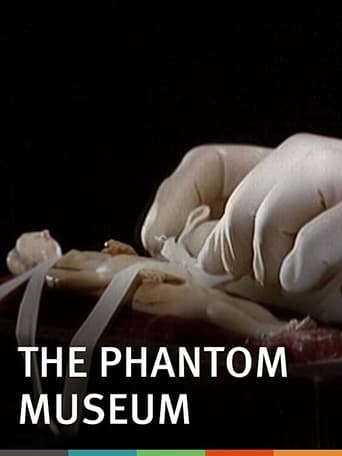
26 Jun 2003

A display at the strange and wonderful artifacts in a collection of medical curiosities.

01 Jan 1995

Two men seek to negotiate an agreement of international significance.
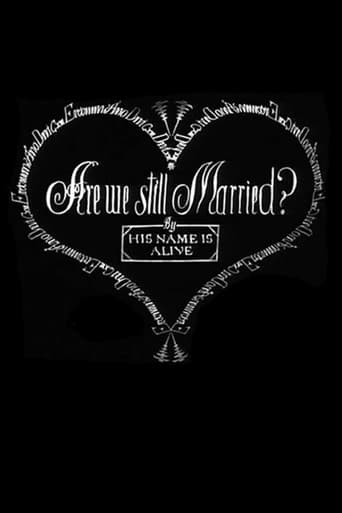
31 Aug 1992

Stop-motion animated short film with a white ball, a rabbit, and a girl, and a voice singing "Are We Still Married".
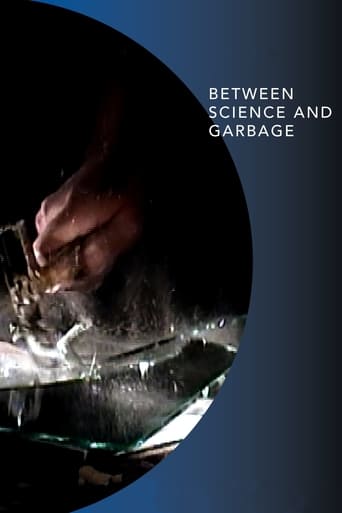
27 Apr 2004

A whirlwind of improvisation combines the images of animator Pierre Hébert with the avant-garde sound of techno whiz Bob Ostertag in this singular multimedia experience, a hybrid of live animation and performance art.
05 Feb 1969
Computer Movie No. 2 is a CGI animation created in advance of video-editing software. CTG programmed graphics on an IBM computer, filmed the screen with a 16mm camera, and assembled the frames as an animated film.
01 Jun 2003
An experimental short film from Mi-sen Wu.
14 Apr 1968
A successful actress with three children takes an artist lover to fill a void in her life. This avant garde feature illustrates the alienation of an individual who is lonely despite the wealth and fame her career has brought to her. Jose Maria Nunes wrote the screenplay which relies heavily on verbiage and philosophical symbolism.